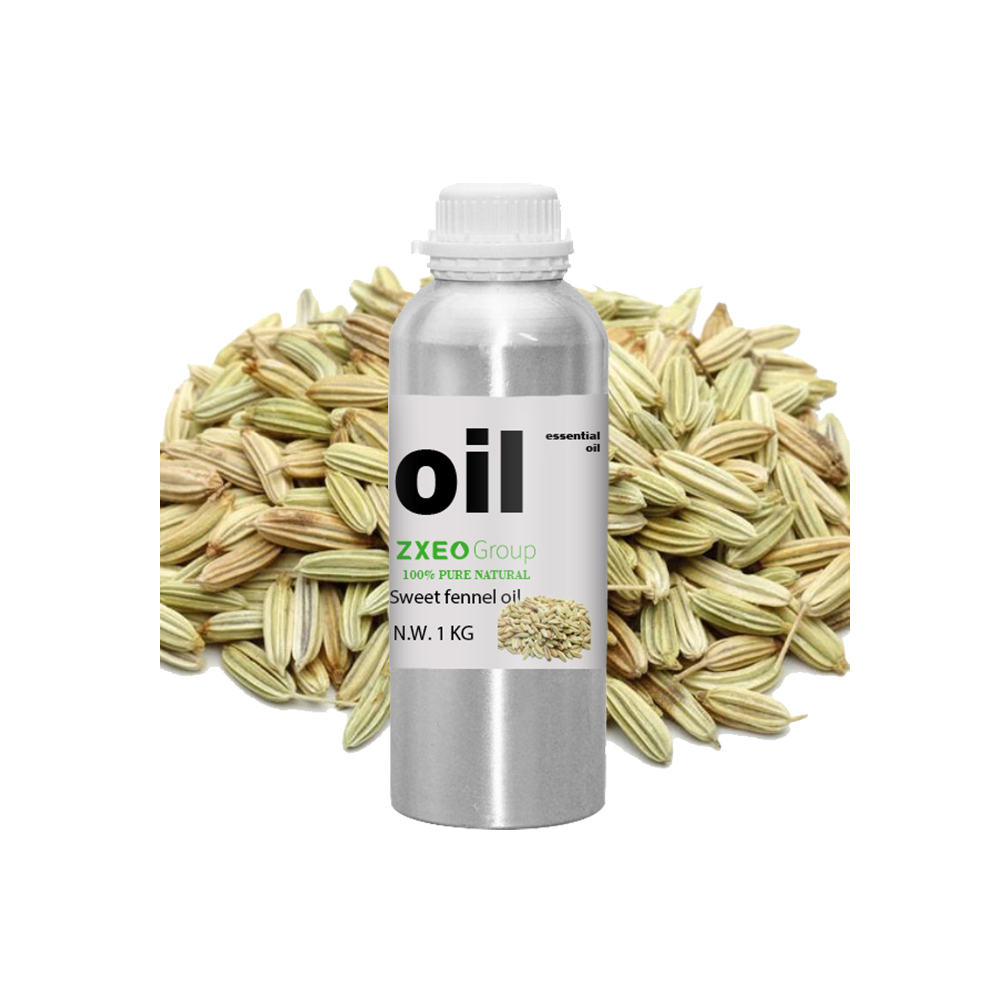High quality pure natural Notopterygium oil used for Health care
Considered as a relative of the angelica species, Notopterygium is native to East Asia. Medicinally it mainly refers to the dried roots and rhizome of Notopterygium incisum Tncisum Ting ex H.Chang or Notopterygium forbesii Boiss. These two plants with medicinal roots are members in the family Umbelliferae. Hence, other names of these medicinal plants with rhizomes include Rhizoma seu Radix Notopterygii, Notopterygium Rhizome and Root, Rhizoma et Radix Notopterygii, incised notopterygium rhizome, and more. In China Notopterygium incisum is mainly produced in Sichuan, Yunnan, Qinghai, and Gansu and Notopterygium forbesii is basically produced in Sichuan, Qinghai, Shaanxi, and Henan. It is usually harvested in spring and autumn. It needs to remove fibrous roots and soil before the drying and slicing. It is normally used raw.
Notopterygium incisum is a perennial herb, 60 to 150cm in height. Stout rhizome is in the shape of cylinder or irregular lumps, dark brown to reddish brown, and with withered leaf sheaths at the top and special aroma. Erect stems are cylindrical, hollow, and with lavender surface and vertical straight stripes. Basal leaves and leaves in lower part of stem have a long handle, which extend into membranous sheath from the base to both sides; leaf blade is ternate-3-pinnate and with 3-4 pairs leaflets; subsessile leaves in upper part of stem simplify into sheath. Acrogenous or axillary compound umbel is 3 to 13cm in diameter; flowers are many and with ovate-triangular calyx teeth; petals are 5, white, obovate, and with obtuse and concave apex. Oblong schizocarp is 4 to 6mm long, about 3mm wide and the main ridge extends into 1mm wings in width. Bloom time is from July to September and fruiting time is from August to October.
Notopterygium incisum root contains coumarin compounds (isoimperatorin, cnidilin, notopterol, bergaptol, nodakenetin, columbiananine, imperatorin, marmesin, etc.), phenolic compounds (p-hydroxyphenethyl anisate, ferulic acid, etc.), sterols (β-sitosterol glucoside, β-sitosterol), volatile oil (α-thujene, α, β-pinene, β-ocimene, γ-terpinene, limonene, 4-terpinenol, bornyl acetate, apiol, guaiol, benzyl benzoate etc.), fatty acids (methyl tetradecanoate, 12 methyltetradecanoic acid methyl ester, 16-methylhexadecanoate, etc.), amino acids (aspartic acid, glutamic acid, arginine, leucine, isoleucine, valine, threonine, phenylalanine, methionine, etc.), sugars (rhamnose, fructose, glucose, sucrose, etc.), and phenethyl ferulate.















